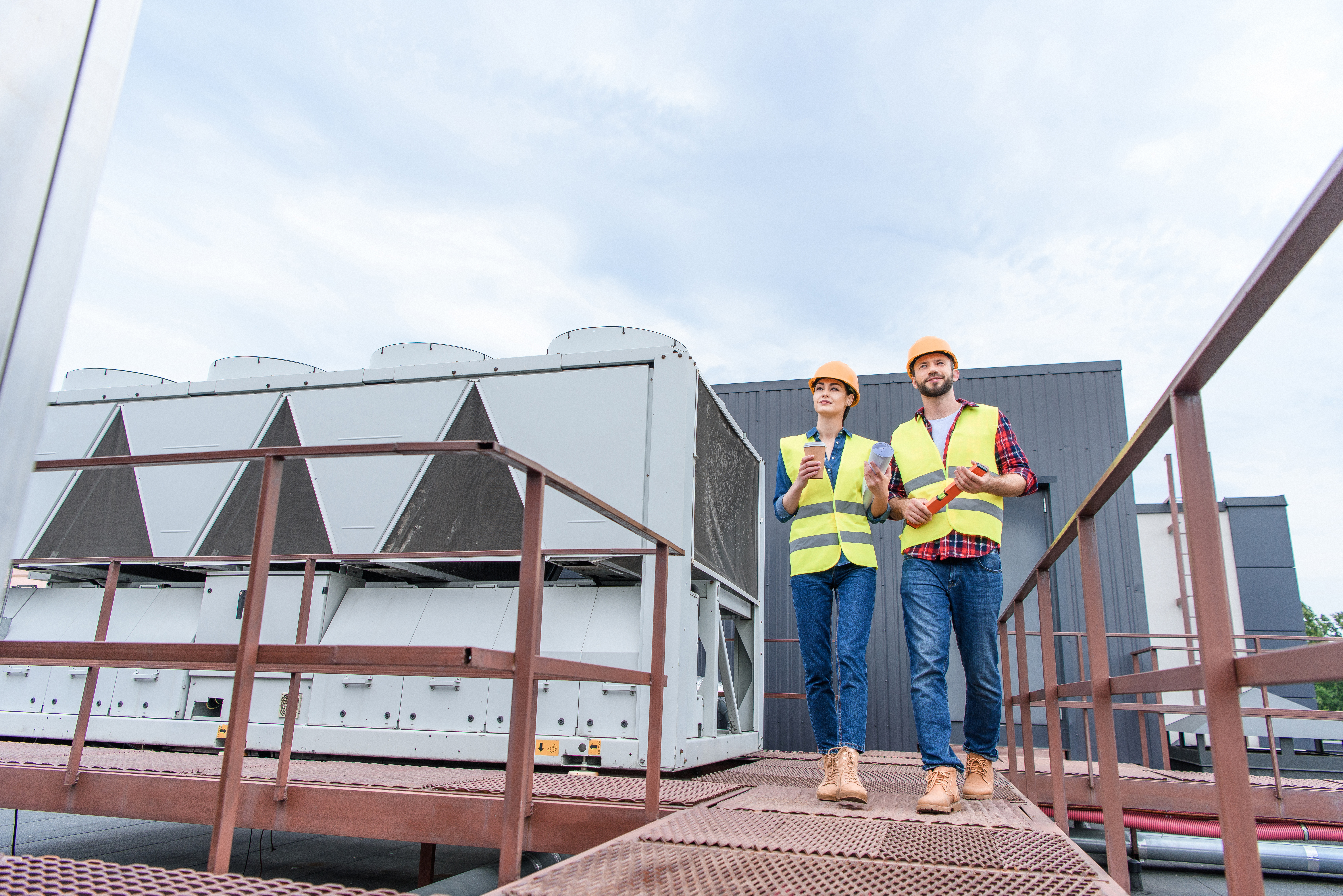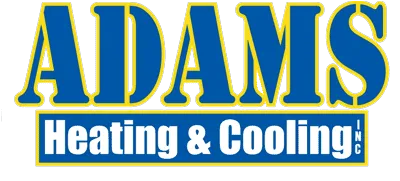
How to Avoid Costly HVAC Repairs | Maintenance Tips
Your HVAC system is one of the most critical components of your home, and it's also one of the most expensive to repair or replace. Fortunately, with the right maintenance strategy and awareness, you can avoid most costly HVAC issues before they start. This guide breaks down how you can protect your system, save money, and extend the lifespan of your heating and cooling units.
Why Regular HVAC Maintenance Saves You Thousands
The Real Cost of Major HVAC Repairs
HVAC repairs can be surprisingly expensive. A damaged compressor may cost $1,500–$2,500, while a full coil replacement could exceed $2,000. Many of these repairs result from neglected maintenance, meaning they’re preventable. Additionally, if your HVAC system fails entirely, replacing it can cost $5,000 to $10,000 or more, depending on the size of your home and system type.
How Maintenance Prevents Emergency Breakdowns
Preventive care keeps small problems from becoming major system failures. Regular inspections catch wear-and-tear components before they break, reducing the likelihood of needing emergency repairs during peak heating or cooling seasons. Emergency service calls also tend to be more expensive, especially after hours or on weekends.
Energy Efficiency Benefits of a Maintained System
Clean filters, properly functioning parts, and well-lubricated components allow your HVAC system to work efficiently, lowering energy bills and reducing wear and tear. According to Energy.gov, routine maintenance can improve HVAC efficiency by up to 15%, translating into substantial annual savings.
A well-maintained HVAC system not only saves energy but also ensures better humidity control and consistent indoor comfort. Systems that operate efficiently also place less strain on the environment by reducing your household's carbon footprint.

Top Causes of Expensive HVAC Repairs
Dirty Filters & Blocked Airflow
Failing to replace filters regularly can cause airflow restrictions, forcing your system to overwork and overheat, which shortens its lifespan. Restricted airflow also leads to poor indoor air quality, increasing allergens and dust in your home.
In homes with pets, high pollen levels, or recent renovations, filters can clog faster. Consider checking filters monthly and upgrading to HEPA-rated filters if allergies are a concern.
Refrigerant Leaks and Compressor Damage
Low refrigerant levels put strain on the compressor. Ignoring leaks can cause compressor failure, one of the costliest HVAC issues. Leaks also decrease cooling performance, making your system run longer to achieve desired temperatures.
Additionally, refrigerant leaks pose environmental risks and may violate EPA regulations. If your system uses outdated refrigerants like R-22, consider upgrading to a newer, eco-friendlier model.
Electrical Failures from Poor Maintenance
Loose or corroded wires, faulty relays, and capacitor issues are common in systems that lack regular inspection and testing. These problems can cause intermittent performance or full system shutdowns and can be dangerous if not addressed.
Power surges and lightning strikes can also damage electrical components. Installing a surge protector designed for HVAC units can safeguard your investment.
Neglecting Routine Tune-Ups
Routine checkups help detect minor issues early. Without them, minor wear can escalate into complete component failure. Technicians can also perform critical system calibrations and safety checks that homeowners might overlook.
Regular tune-ups also help maintain your system’s warranty, as many manufacturers require proof of maintenance to honor coverage.
DIY HVAC Maintenance Tips for Homeowners
Change Air Filters Regularly
Replace filters every 1–3 months. This simple step is one of the easiest and most effective ways to extend your HVAC system's life. Use high-efficiency pleated filters to capture more dust and allergens.
Keep Outdoor Units Clear of Debris
Clear leaves, grass, and dirt from around your condenser unit to ensure proper airflow and reduce overheating risks. Maintain at least 2 feet of clearance around the unit for optimal performance.
Inspect & Clean Vents and Registers
Blocked vents reduce efficiency. Periodically vacuum and wipe down your supply and return vents. Ensure furniture and curtains aren’t blocking airflow in living spaces.
Monitor Unusual Noises or Odors
Strange sounds or burning smells can indicate internal problems. Squealing, banging, or grinding noises may point to motor issues, while musty odors might suggest mold in your ductwork.
Early detection of these signs can prevent major repairs and help maintain indoor air quality. Consider scheduling a duct cleaning every few years for optimal system hygiene.
When DIY Isn’t Enough: Know Your Limits
Homeowners can handle basic tasks, but leave refrigerant, electrical, and internal system work to licensed HVAC professionals. Attempting advanced repairs without training can be dangerous and void warranties.
If in doubt, always call a qualified technician. Many offer free consultations or estimates to help you assess your system without committing to service.
Install a WiFi thermostat
It may sound strange, but a WiFi thermostat can actually add life to your system, not to mention that they are really cool. The amount of time your system runs in an average day can greatly affect how long it is before it gives up the ghost.
With a WiFi thermostat you will have the ability to turn your system up when you head out for work in the morning and back down when you’re leaving the office. This way you can reduce the total runtime of the air conditioner without having to walk into a hot house right after work.
There are also convenience factors like being able to turn the system down while lying in bed, and being able to detect failures during the day by noticing the rising temp in your home before your walk in late in the evening.
With these easy to do tips, you should be spending more time in the water this summer and less time sweating in a hot house due to an AC failure. Life is too short to waste it on unnecessary problems, but if you find yourself in need of help, or just want to make sure your system is primed for the dog days of summer, we are here to help you to spend more time this summer relaxing and less time worrying about a broken AC.
Have your outdoor coil cleaned
Other than making sure your air filter is clean and unrestricted, cleaning the outdoor coil is probably the most important maintenance item to pay attention to. In central Alabama, particularly in Tuscaloosa, the temperatures outside are routinely in the mid and upper 90’s. When the mercury rises to those levels your AC system is under a lot of strain, and if your outdoor coils are clogged with dust, grass clippings, or other debris, then the strain of these high temperatures can become more than your system can handle.
Often times, failure to keep the outdoor unit clean will lead to major failures in your system or a drop in the lifespan of the unit. Unless one of your summer goals is to help keep AC companies in business, have your coils cleaned before the weather gets too hot.

When to Call a Professional HVAC Technician
Annual Tune-Ups: What’s Included?
A full HVAC tune-up includes cleaning coils, checking refrigerant levels, testing thermostats, tightening electrical connections, and inspecting components. Many professionals also offer duct inspections and efficiency assessments.
Additional services may include calibrating thermostats, lubricating motors, and inspecting heat exchangers for cracks, especially important for gas furnaces.
Warning Signs You Shouldn’t Ignore
Watch for signs like uneven temperatures, weak airflow, high energy bills, or frequent cycling. These are indicators that your system needs professional attention. Ignoring them can lead to larger, more expensive issues.
Also pay attention to short cycling, where the system turns on and off rapidly, and strange noises like buzzing or rattling—often signs of failing components.
Cost vs Value of Preventive Service Plans
Preventive maintenance plans typically cost $150–$300 annually and can save you thousands by avoiding emergency calls and major repairs. These plans often include priority service, seasonal tune-ups, and discounts on parts.
For homeowners in extreme climates, service plans offer peace of mind by ensuring your HVAC is always running at peak performance when you need it most.
HVAC Maintenance Checklist by Season
Spring / Summer Checklist
Replace or clean air filters
Clean condenser coils
Clear debris around outdoor unit
Check refrigerant levels
Test thermostat and cooling performance
Inspect insulation on refrigerant lines
Lubricate moving parts where applicable
Ensure condensate drain is clear
Check system startup and shutdown cycles
Fall / Winter Checklist
Inspect and clean furnace burners
Check for gas leaks or carbon monoxide risks
Clean ducts and registers
Test heating elements
Schedule professional furnace inspection
Inspect heat exchanger and flue system
Check ignition system and pilot light
Verify carbon monoxide detectors are functioning
Confirm blower motor and belt are working properly
Final Thoughts: Protect Your HVAC Investment
Avoiding costly HVAC repairs isn’t just about saving money—it’s about keeping your home safe, comfortable, and efficient all year long. Routine care, professional checkups, and seasonal awareness are your best defense against unexpected expenses.
HVAC systems are often "out of sight, out of mind," but neglecting them can lead to major disruptions in comfort and budget. By investing just a little time and money in maintenance each year, you can enjoy peace of mind and dependable performance.
If you're unsure where to start, consider scheduling a professional inspection to evaluate your system’s condition. Proactive care today can prevent a costly replacement tomorrow.
Ready to prevent HVAC headaches? Schedule your maintenance service today.
